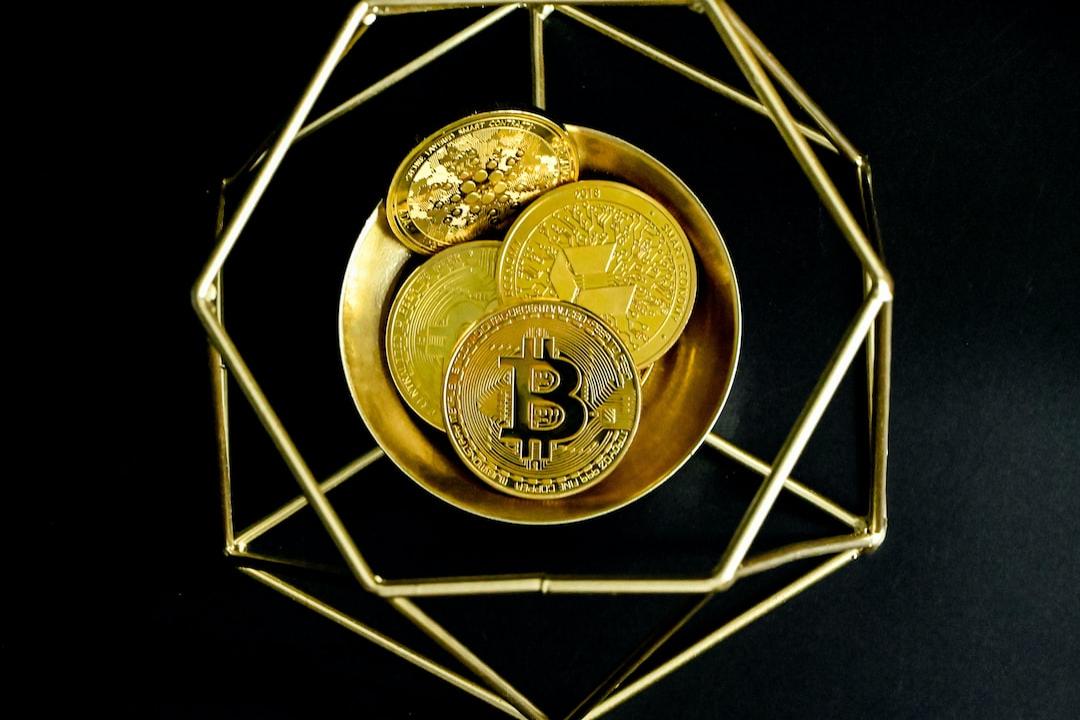Unveiling the Impact of Tokenization on Traditional Financial Systems through Asset Digitization
Insights from a study conducted by digital asset management firm 21.co suggest that the market for tokenization could reach an impressive $10 trillion by the end of this decade. This growth is primarily attributed to the increasing integration of blockchain technology by conventional financial institutions. Moreover, projections from the Boston Consulting Group indicate that the market for tokenized assets could expand to a staggering $16 trillion by the year 2030.
The surge in tokenization is fueled by its potential to revolutionize existing financial structures, enhancing efficiencies, reducing expenses, and optimizing supply chains. However, the scope of tokenization extends beyond conventional financial tools. In the foreseeable future, we may witness a diverse array of assets being tokenized, ranging from bonds, equities, art, vehicles, commodities, to even fine wines. This broadening of asset classes has the capacity to make investments more accessible and inject new liquidity into markets that have historically been intricate and sluggish.
Therefore, let’s delve into the concept of tokenization and its significance.
Tokenization Demystified: What is Tokenization in the Crypto Sphere?
Tokenization in the realm of cryptocurrencies refers to the conversion of real-world assets, such as stocks, bonds, real estate, or tangible goods, into digital tokens on a blockchain. These tokens symbolize ownership or a share in the underlying asset and can be easily and securely traded or transferred.
The primary objective of tokenization is to introduce liquidity to traditionally illiquid markets. Assets that were previously challenging to buy or sell can now be instantly traded on blockchain-based platforms through tokenization, thereby reducing transaction costs and enhancing market efficiency.
The Mechanism of Tokenization:
1. Asset Selection: An issuer picks an asset for tokenization, which could be anything from real estate to stocks, bonds, or commodities.
2. Tokenization Process: The asset is divided into digital tokens, each representing a portion of the underlying asset. Smart contracts, which are self-executing contracts with terms written directly into code, often facilitate this process.
3. Issuance: The tokens are issued on a blockchain, where they can be bought, sold, or traded. Each token is distinct and includes metadata describing the asset it represents.
4. Trading and Ownership: Once issued, tokens can be traded on blockchain platforms. Ownership of the tokens is recorded on the blockchain, providing a transparent and immutable record.
5. Redemption: Token holders may have the option to redeem their tokens for the underlying asset, subject to the terms outlined in the smart contract.
6. Regulatory Compliance: Throughout the process, issuers ensure compliance with relevant regulations such as Know Your Customer (KYC) and Anti-Money Laundering (AML) requirements.
Benefits of Tokenization:
By converting real-world assets into digital tokens on a blockchain, tokenization offers the following advantages:
– Increased Accessibility
– Enhanced Liquidity
– Improved Efficiency
– Enable Borderless Transactions
– Enhanced Security
Investing in Tokenization:
There are various ways to invest in tokenization technology, such as:
– Purchasing tokenized stocks
– Investing in tokenization ventures
– Acquiring layer-1 tokens
– Investing in exchange-traded products (ETPs)
Tokenization Platforms:
Several notable platforms provide the infrastructure and tools required to tokenize real-world assets, including:
– Backed
– Maple
– Matrixdock
– Ondo
– Polymath Network
– Securitize
Risks and Challenges of Tokenization:
While investing in tokenization presents exciting opportunities, it also comes with risks, including:
– Regulatory Risks
– Market Volatility
– Security Risks
– Lack of Liquidity
– Technology Risks
In conclusion, while the tokenization market shows promise for growth and expansion, it is essential to approach it with caution, considering the potential risks involved. By focusing on real-world assets rather than solely on Bitcoin prices, investors can navigate the evolving landscape of tokenization effectively.

